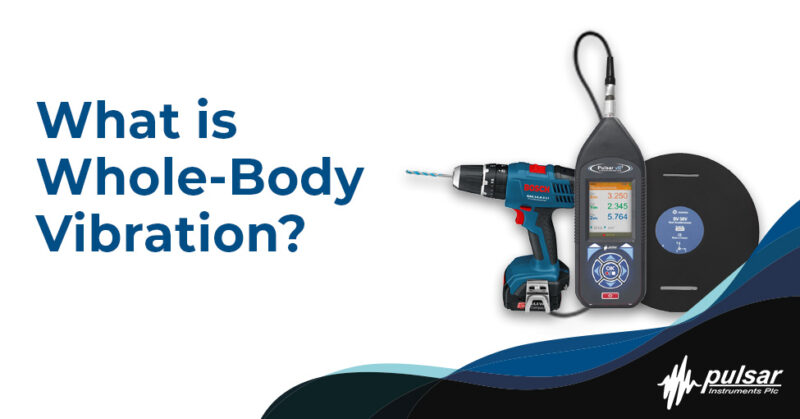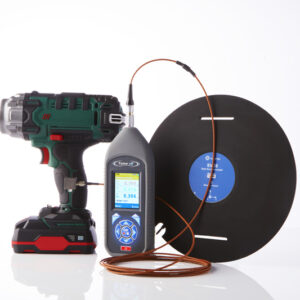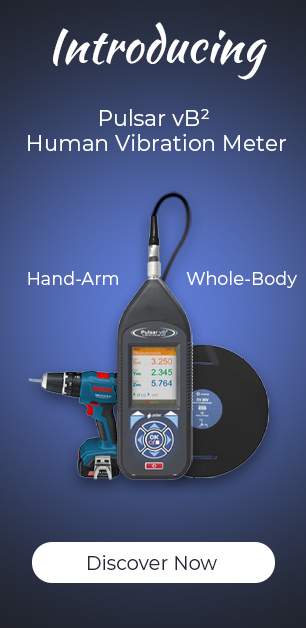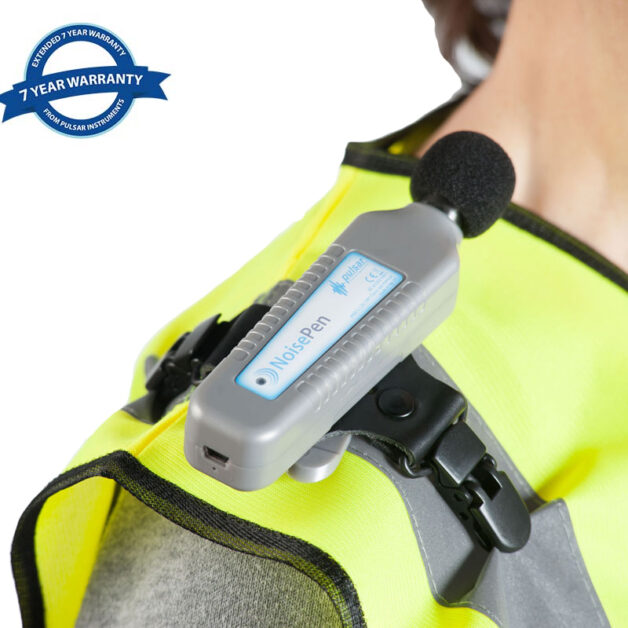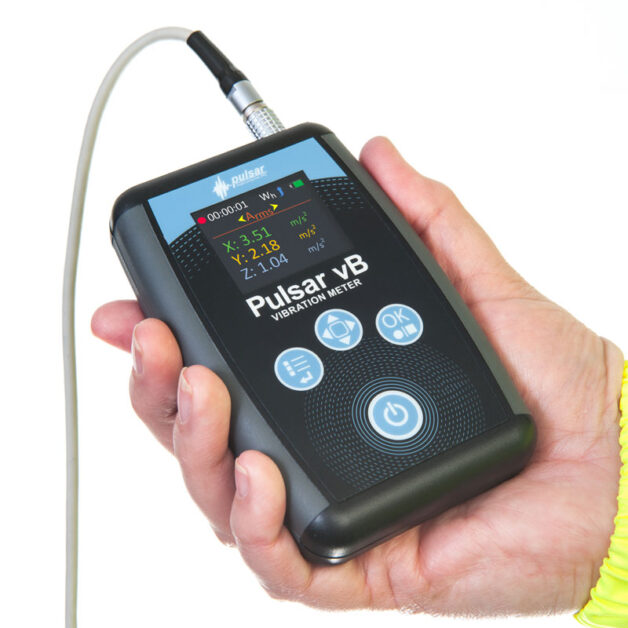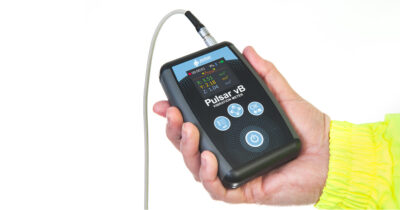What is whole-body vibration?
You may already be familiar with Hand Arm Vibration (HAVS) due to several high-profile fines that the HSE have given out over recent years, but Whole-Body Vibration (WBV) is also an area that cannot be overlooked, as exposure to WBV is covered under the Control of Vibration at Work Regulations 2005, which aims to protect your employees from musculoskeletal disorders (MSDs) and other vibration related illnesses.
Whole-body vibration is defined by the HSE as a shock or a jolt that is usually transmitted through the seat or feet. This can compress the spine and cause debilitating back and muscle pain to the employee.
What causes whole-body vibration?
WBV is normally caused when an employee is standing or sitting on vibrating machinery. The main cause of injury with WBV is high vibration levels along the Z axis, this is the up and down motion that can compress the employee’s spinal cord.

One example of this would be the “porpoising” seen recently in Formula 1 cars. This up and down movement that is shown in the image is compressing the spine of the driver, resulting in a lot of back pain, with some drivers needing assistance to get out of their vehicle and physiotherapy to recover after the race.
What is the daily exposure action value (EAV) for WBV?
The EAV, according to the Control of Vibration at Work Regulations 2005, is set at 0.5 m/s² A(8). The A(8) is the average over an 8-hour period.
The daily exposure action value, or the EAV, for whole-body vibration, is the level an employee is exposed to at which you need to take action. Whether this is by swapping the employee’s tasks to remove the wbv completely or by limiting exposure in other ways.
What is the exposure limit value (ELV) for WBV?
The ELV, according to the Control of Vibration at Work Regulations 2005, is set at 1.15 m/s² A(8).
The exposure limit value is the absolute maximum level of vibration that an employee can be exposed to during an average 8-hour working day. If your employees exceed this limit, they will be at a high risk of suffering injuries.
The effects of whole-body vibration
Whole-body vibration can have a major impact on the spinal column and the surrounding muscles. When a person is exposed to WBV, their spine can be compressed, rotated and flexed, and engage their back muscles, leading to fatigue and pain.
Who is most at risk for whole-body vibration?
If your employees spend a lot of their time driving mobile machineries such as forklift trucks, excavators, tractors, or any machinery that can transmit vibration through the seat or feet, then these are at risk of being overexposed to whole-body vibration.
How can you measure whole-body vibration?
To measure an employee’s exposure to WBV, a seat pad accelerometer is the most efficient way to take your readings. This can either be placed underneath the employee, whether they are seated or standing.
The Pulsar vB² is the latest generation in the vB range. Featuring a wide array of new features, the vB² is designed to make your vibration risk assessments as effortless as possible.
• Seamlessly switch between measuring for hand-arm or whole-body vibration
• User-friendly with an intuitive user interface
• License-free software to generate all of your reports
• Compliant to BS8041:2017 and the Control of Vibration at Work Regulations 2005
• Effortlessly calculate m/s², vibration exposure points and maximum exposure time all at once.
The vB² has a very minimalist, user-friendly design that will allow any member of your
team to use it with very little training. The modular design allows you to easily switch between measuring either hand-arm or whole-body vibration by simply using our plug-and-play sensors to take your readings.
To find out how the Pulsar vB² Human Vibration Meter can simplify your vibration assessments, drop us a message on the live chat, email us at [email protected] or call us on +44 1723 339 715.
-
 Pulsar vB² Human Vibration MeterFrom £3,046.00 (Ex. VAT/GST)
Pulsar vB² Human Vibration MeterFrom £3,046.00 (Ex. VAT/GST)
